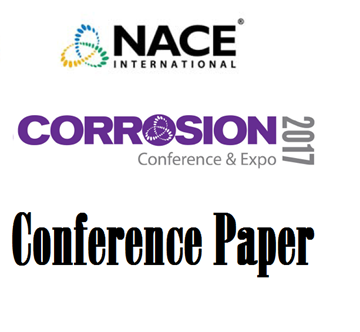Search
Underground AC Power Transmission Line Feasibility Study
Also Purchased
AC Interference and Mitigation: Heartland Case Study
Product Number:
51317--9461-SG
ISBN:
9461 2017 CP
Publication Date:
2017
$20.00
Researches on AC Corrosion Risk Assessment Criteria for Cathodically Protected Carbon Steel
Product Number:
51317--8962-SG
ISBN:
8962 2017 CP
Publication Date:
2017
$20.00
The AC Close Interval Survey and Other Common AC Measurement Errors
Product Number:
51317--9455-SG
ISBN:
9455 2017 CP
Publication Date:
2017
$20.00
Recently viewed




